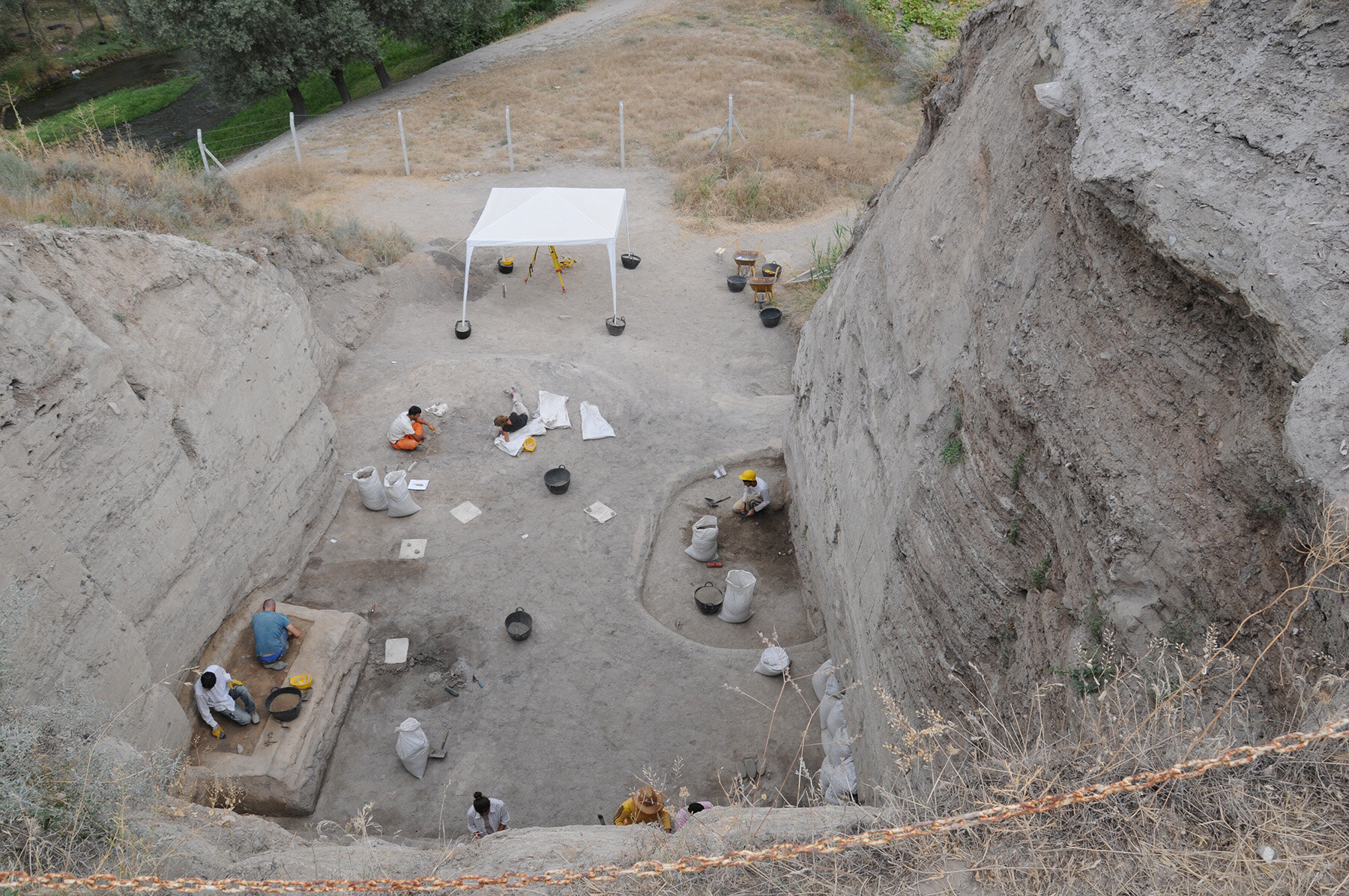For years, scientists have harbored the assumption that the genetic diversity of sheep sharply declined during the early stages of domestication. This theory stemmed from the observation that modern Eurasian sheep primarily belong to just two genetic lineages passed down through the mothers (mitochondrial DNA). However, a recent groundbreaking study published in journal Science Advances challenges this long-held belief.
The research team, led by Professor Joris Peters from the State Collection of Palaeoanatomy Munich (SNSB-SPM), analyzed a series of complete mitochondrial genomes from sheep bones unearthed at Asıklı Höyük, an early domestication site in central Anatolia inhabited between 10,300 and 9,300 years ago. The results were astonishing – despite a millennium of human intervention through breeding and management, the sheep at Asıklı Höyük displayed an unexpectedly high level of mitochondrial diversity.
Five distinct matrilineages were identified, including one previously unknown lineage. This unexpected finding suggests that early sheep herding practices involved a wider genetic pool than previously imagined. Professor Peters theorizes that the inhabitants of Asıklı Höyük may have supplemented their captive herds with wild sheep when necessary, perhaps to compensate for losses or introduce new genetic material. Additionally, the exchange of sheep over larger areas might have contributed to the observed diversity, similar to the practice of importing cereal crops from other regions.
To gain a broader perspective, the researchers compared the genetic data from Asıklı Höyük with mitochondrial DNA signatures extracted from ancient sheep bones across Eurasia. This analysis revealed a significant decline in diversity starting around 9,000 years ago. This coincides with the spread of sheep farming beyond the initial domestication region during the Neolithic period. Today, the predominance of haplogroup B in Europe and haplogroup A in East Asia reflects this later bottleneck event.
Professor Peters explains, “We can now infer that this decrease in diversity is likely due to a founder effect. As sheep farming spread to new regions, smaller flocks were established, resulting in a reduction of genetic variation compared to the original, more diverse population.”
This study highlights the power of combining genetic and archaeological data. Professor Ivica Medugorac, co-author of the research, emphasizes the significance of this collaboration: “By integrating these datasets, we are piecing together a more comprehensive picture of human cultural adaptations since the last Ice Age. This research demonstrates that animal domestication was not a meticulously planned process, but rather a dynamic interplay of chance and necessity that continues to shape our relationship with animals today.”
The unexpected level of genetic diversity observed in early domesticated sheep challenges our existing understanding of this pivotal historical event. This groundbreaking research paves the way for a reevaluation of sheep domestication practices and offers valuable insights into the fascinating history of our relationship with these woolly companions.
